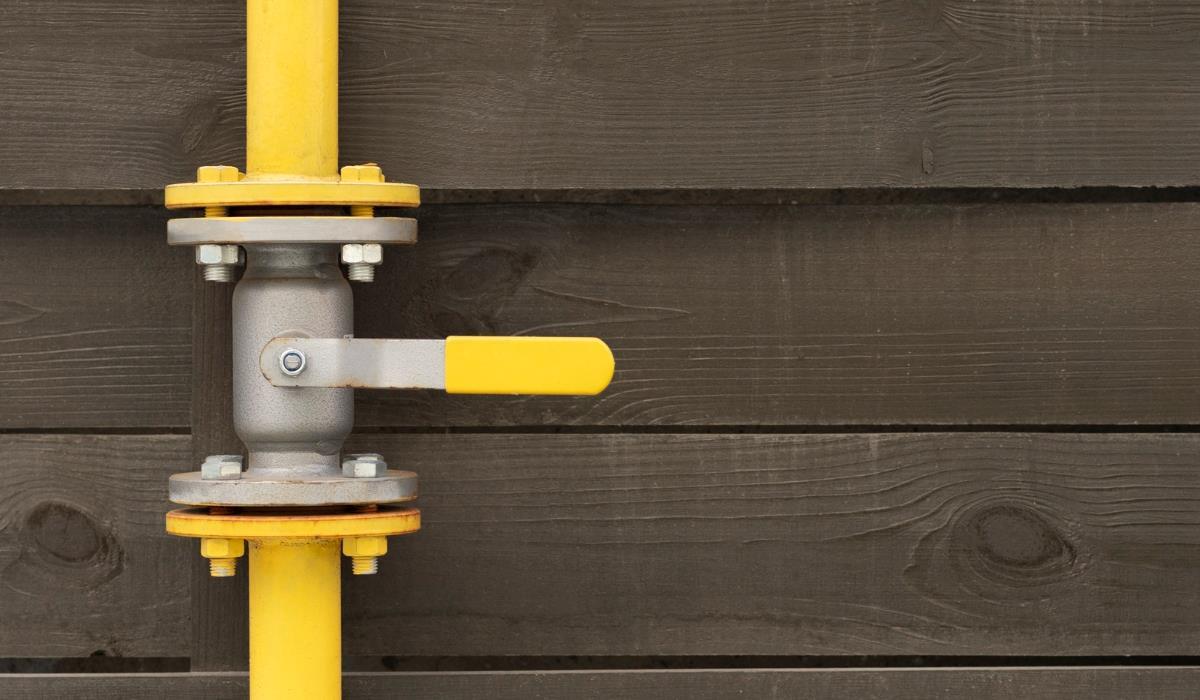Ball valves are widely used in various industries and installations, from the chemical and energy industries to water and gas installations. They are extremely popular due to their numerous advantages, such as simple construction, quick opening and closing, precise flow regulation and durability. In this article, we will provide a detailed overview of ball valves, how they work, the different types, applications and benefits they offer. Why is the valve ball so valued in the industry and what factors should be taken into account when choosing it. We will also look at the maintenance process for ball valves to ensure they operate smoothly and perform long-term. Whether you are a technician, engineer or just an interested reader, this article will provide you with an insightful look at ball valves and their importance in today’s technical world.
Ball valve – structure
Ball valves are popular and widely used components in pipeline systems that enable control of fluid flow. Their design is relatively simple and consists of a few basic elements. The ball valve body is the outer casing that surrounds the interior of the valve. The main element of a ball valve is the ball, which is located inside the body. It is a spherical element made of a hard and durable material, such as stainless steel. Its diameter is equal to the diameter of the pipe through which the medium flows. The ball has a hole in the center that allows or blocks fluid flow depending on the valve setting. Thanks to the rotating ball, ball valves enable quick and precise regulation of fluid flow.
The valve is opened and closed by rotating the ball mounted on the stem by 90 degrees. There are seals around the ball and shaft to ensure tightness. Ball valves are equipped with a handle or control mechanism – manual, pneumatic, electric or hydraulic. Ball valves are popular because of their simplicity, durability, fast operation, and ability to regulate fluid flow. They are durable and corrosion-resistant, making them ideal for use in a variety of environments, including aggressive chemicals.
What should you pay attention to when choosing a ball valve?

When choosing the right ball valve, it is worth paying attention to several important factors. Ball valves are made of various materials, such as stainless steel, brass, cast iron or plastics. It is worth choosing a material that is resistant to the chemical and physical properties of the media that will flow through the valve. For example, stainless steel or brass valves are typically used for drinking water.
It is important to determine the appropriate ball valve size that is compatible with the pipe dimensions and media flow in the system. You’ll want to make sure the valve has the right throttle diameter to ensure smooth media flow without too much resistance. Ball valves can have various configurations such as two-way, three-way, multi-way, etc. It is important to choose the right type of valve to meet the requirements of your system, such as flow control, media mixing and flow separation.
Before purchasing, check the technical parameters of the valve, such as maximum working pressure, operating temperature, tightness class, throughput, type of seal, etc. It’s a good idea to make sure the valve you choose meets the requirements of your specific system. It is worth choosing a ball valve from a reputable brand, known for the high quality and reliability of its products. A good quality valve ensures long life, leak resistance and durability. It is a good idea to make sure that the ball valve you choose meets the appropriate standards and has safety and quality certificates. For example, ball valves may be compliant with ANSI, ISO or EN standards, with certificates such as CE confirming their compliance with the requirements.
Advantages of ball valves
Ball valves have many advantages that contribute to their wide use in various industries. Here are some main advantages of ball valves:
- Simple design – ball valves have a simple design consisting of a ball rotating in a body. This simplicity makes them easy to use, reliable and has a low risk of failure.
- Quick Opening and Closing – Ball valves ensure quick opening and closing of fluid flow. Rotating the ball by 90 degrees allows you to immediately open or close the valve, which is especially useful in situations requiring quick action.
- Precise Flow Control – Ball valves allow precise regulation of fluid flow by controlling the degree to which the ball is rotated. You can adjust the flow to the system requirements, which allows for optimal use of media and resources.
- High flow efficiency – due to their design, ball valves are characterized by low flow resistance. The ball located in the flow axis ensures smooth and unrestricted fluid flow, minimizing turbulence and pressure loss.
- Multidirectional – ball valves can be configured as two- or three-way valves, allowing fluid flow to be redirected in different directions. This gives greater flexibility in the design and use of industrial systems.

- Strength and durability – Ball valves are usually made of high-quality materials such as stainless steel, brass or cast iron, which makes them durable and long-lasting. They are resistant to corrosion and aggressive media.
- Easy maintenance – ball valves are relatively easy to maintain and service. If you need to repair or replace damaged parts, you can easily dismantle and replace the appropriate components.
- Tightness – ball valves are usually equipped with seals that ensure high tightness. They minimize the risk of fluid leaks, which is particularly important in applications requiring precise flow control.



